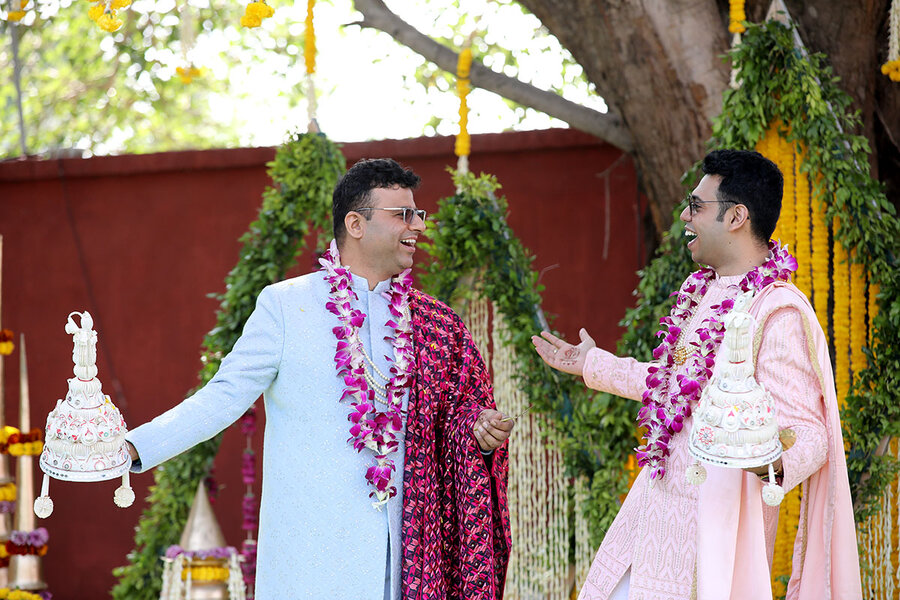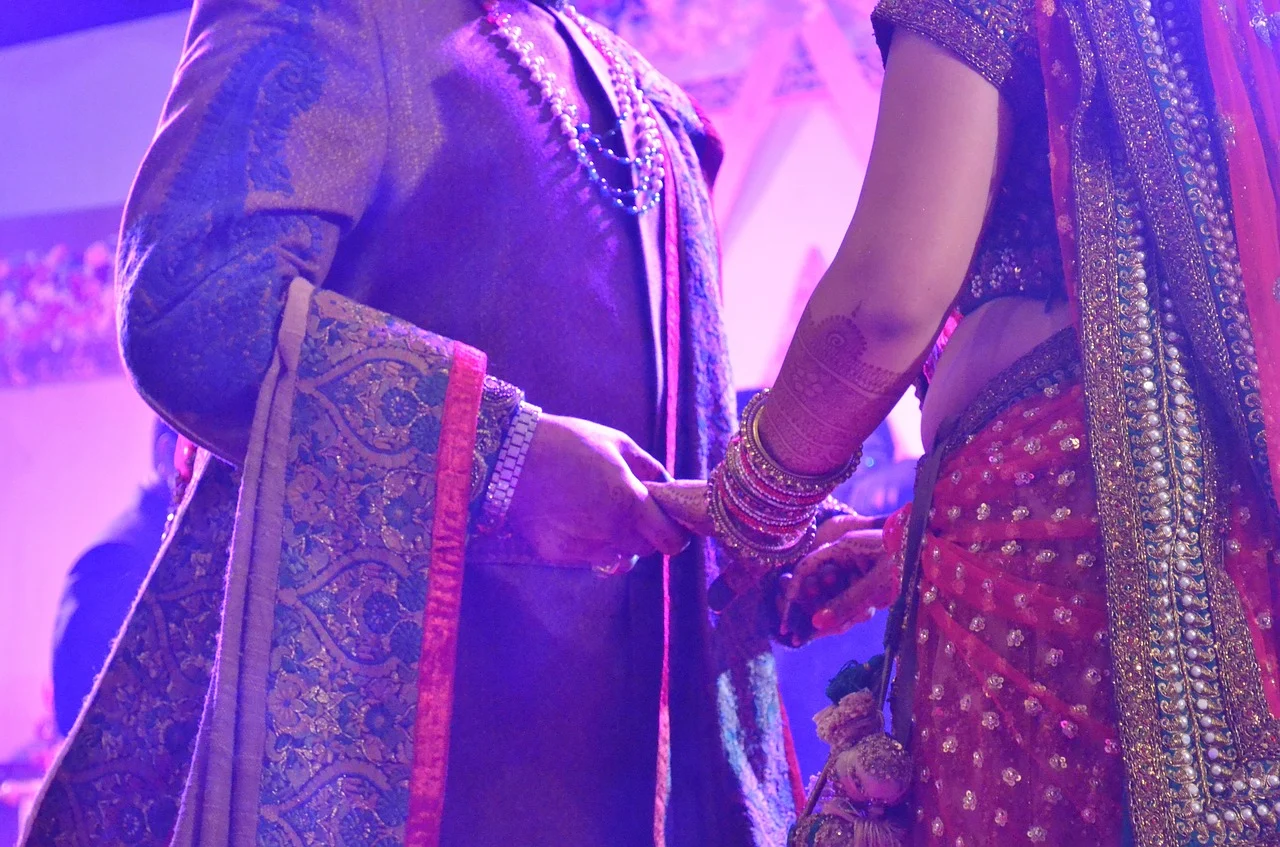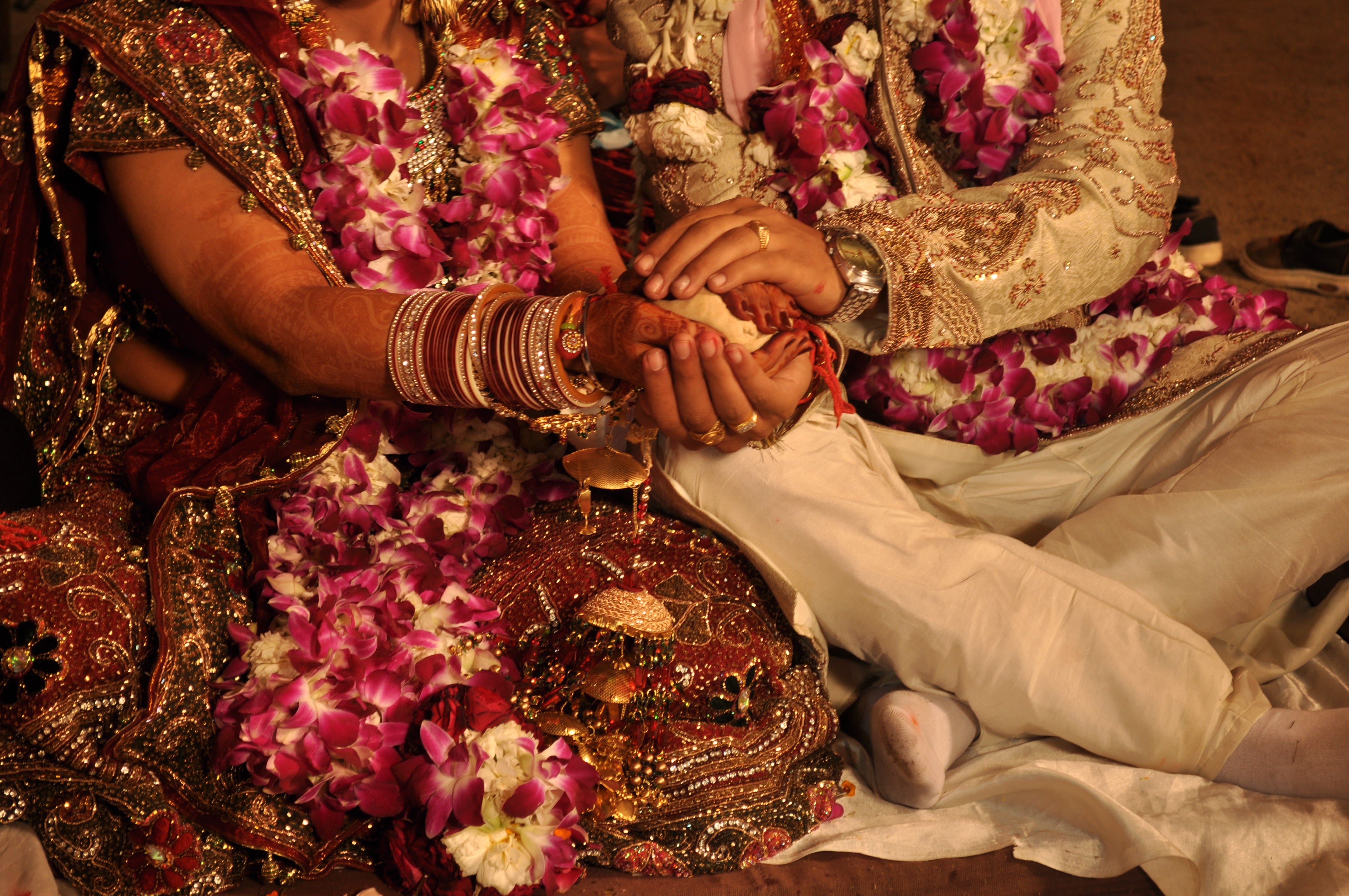Historic Implications: Striking Down Special Marriage Act Could Roll India Back to Pre-Independence Era

Historic Implications: Striking Down Special Marriage Act Could Roll India Back to Pre-Independence Era
In a significant statement, Chief Justice of India (CJI) DY Chandrachud has expressed his concerns about the potential consequences of striking down the Special Marriage Act of 1954. According to him, such an action could turn back the clock on India’s progress to a time reminiscent of the pre-Independence era. The statement comes in the context of discussions surrounding the Act’s compatibility with modern social norms, particularly with regard to LGBTQ+ rights.
The Special Marriage Act, enacted in 1954, has long been a cornerstone of civil marriage laws in India. It allows people of different faiths, castes, and communities to marry each other without the need to convert or follow traditional religious rituals. This legislation has served as a symbol of India’s secular and inclusive principles, embodying the spirit of unity in diversity.
However, the Act has come under scrutiny in recent times, especially in the context of marriage equality for LGBTQ+ individuals. Advocates for LGBTQ+ rights argue that the Act does not explicitly grant marriage rights to same-sex couples and is therefore discriminatory. They contend that the judiciary should step in to rectify this and ensure equal marriage rights for all.
CJI Chandrachud’s concern stems from the potential consequences of such judicial intervention. He argues that if the Supreme Court were to read down or insert words into Section 4 of the Special Marriage Act to grant marriage rights to queer couples, it would be essentially overstepping the boundaries of the legislative branch of government. This concern reflects a broader debate regarding the separation of powers between the judiciary and the legislature.

The Special Marriage Act and Its Historical Significance
The Special Marriage Act of 1954 was enacted to provide a legal framework for civil marriages in India. It was a crucial piece of legislation, as it recognized the diversity of India’s population and the need for a legal mechanism that could facilitate interfaith and inter-caste marriages. This Act allowed individuals to marry without adhering to the customs and traditions of any particular religious community.
Before the enactment of the Special Marriage Act, couples who wished to marry across religious or caste boundaries often faced significant social and legal challenges. The Act was a progressive step, ensuring that individuals could exercise their right to marry without being constrained by their faith or social background.
Over the years, the Act has been a crucial tool for individuals who wished to marry outside their own community. It has also been used by couples from different countries who chose India as their wedding destination due to the Act’s flexibility in facilitating interfaith and international marriages.
Challenges Faced by LGBTQ+ Couples
The recent debate over the Special Marriage Act is a reflection of the ongoing struggle for LGBTQ+ rights in India. Homosexuality was decriminalized in India in 2018 when the Supreme Court, in a historic judgment, struck down Section 377 of the Indian Penal Code, which criminalized same-sex relationships. While this decision was a significant step forward in the fight for LGBTQ+ rights, it did not explicitly address the issue of same-sex marriage.
This legal gap has left LGBTQ+ couples in a precarious position when it comes to formalizing their relationships. They are currently unable to marry under the provisions of the Special Marriage Act, which does not mention same-sex couples.
The Striking Down Debate
The debate over the Special Marriage Act centers on whether the judiciary should intervene and explicitly grant marriage rights to LGBTQ+ couples. While supporters of this idea argue that it is a necessary step to ensure equality and justice, critics, including CJI Chandrachud, express concerns about the potential consequences of such judicial intervention.
The argument against judicial intervention primarily revolves around the principle of separation of powers. In a democratic system, the three branches of government—executive, legislative, and judicial—are meant to be separate and independent. The legislature is responsible for making and amending laws, while the judiciary interprets and enforces those laws. Critics argue that if the judiciary were to effectively amend the Special Marriage Act to include same-sex couples, it would be encroaching upon the legislature’s role.

CJI Chandrachud’s Perspective
CJI Chandrachud’s concern about taking India back to the pre-Independence era is rooted in his belief that the judiciary should not act as a substitute for the legislature. He contends that the power to amend or rewrite laws should primarily rest with the elected representatives in the parliament, who are accountable to the people through democratic processes.
The pre-Independence era he alludes to is a time when the British colonial government held substantial legislative authority over India. During this period, Indians had limited say in their own governance, and the laws that were imposed often did not reflect the needs and aspirations of the Indian population. The struggle for independence from colonial rule was, in part, a fight for self-determination and the ability to shape their own laws.
By invoking the pre-Independence era, CJI Chandrachud underscores the importance of India’s legislative autonomy. He suggests that allowing the judiciary to effectively rewrite laws might jeopardize the hard-fought freedom and sovereignty that the country gained through its independence struggle.
The Separation of Powers
The separation of powers is a fundamental principle in democratic governance. It ensures a system of checks and balances and prevents any one branch of government from accumulating excessive power. In the context of the Special Marriage Act, the debate highlights the complex relationship between the judiciary and the legislature.
Supporters of judicial intervention argue that the legislature has been slow to adapt to changing social norms and has often been influenced by conservative views, which can impede the progress of LGBTQ+ rights. They contend that in situations where the legislature is unwilling or unable to act, the judiciary should step in to protect the rights and freedoms of citizens.
On the other hand, critics argue that judicial intervention in matters of legislation should be a last resort. They believe that a society’s laws should primarily be shaped by the will of the people through their elected representatives in the legislature. The judiciary should step in only when laws are blatantly unconstitutional or infringe upon fundamental rights. In other cases, it should respect the separation of powers and avoid overstepping into the realm of policymaking.
The Role of the Legislature
The Special Marriage Act, as it currently stands, does not explicitly grant marriage rights to same-sex couples. This omission reflects the broader societal reluctance to fully embrace LGBTQ+ rights. However, it is important to remember that laws are not static but evolve over time to reflect changing social values.
Advocates for LGBTQ+ rights argue that it is the role of the legislature to amend and update the law to include same-sex couples. This argument is rooted in the belief that elected representatives, who are accountable to the people, should be responsible for shaping the legal landscape of the country. While progress may be slow, it is seen as a necessary part of the democratic process.
By pushing for legislative change, LGBTQ+ advocates are engaging in a broader conversation about societal attitudes and values. They are calling on elected representatives to listen to the voices of the people they serve and reflect the changing perspectives on love, relationships, and human rights.

The Global Context
The debate over the Special Marriage Act is not unique to India. It mirrors discussions and legal battles taking place in many countries worldwide. The recognition of same-sex marriage has been a transformative issue in the fight for LGBTQ+ rights. Several countries, including Canada, the United States, the United Kingdom, and many others, have legalized same-sex marriage over the past two decades




